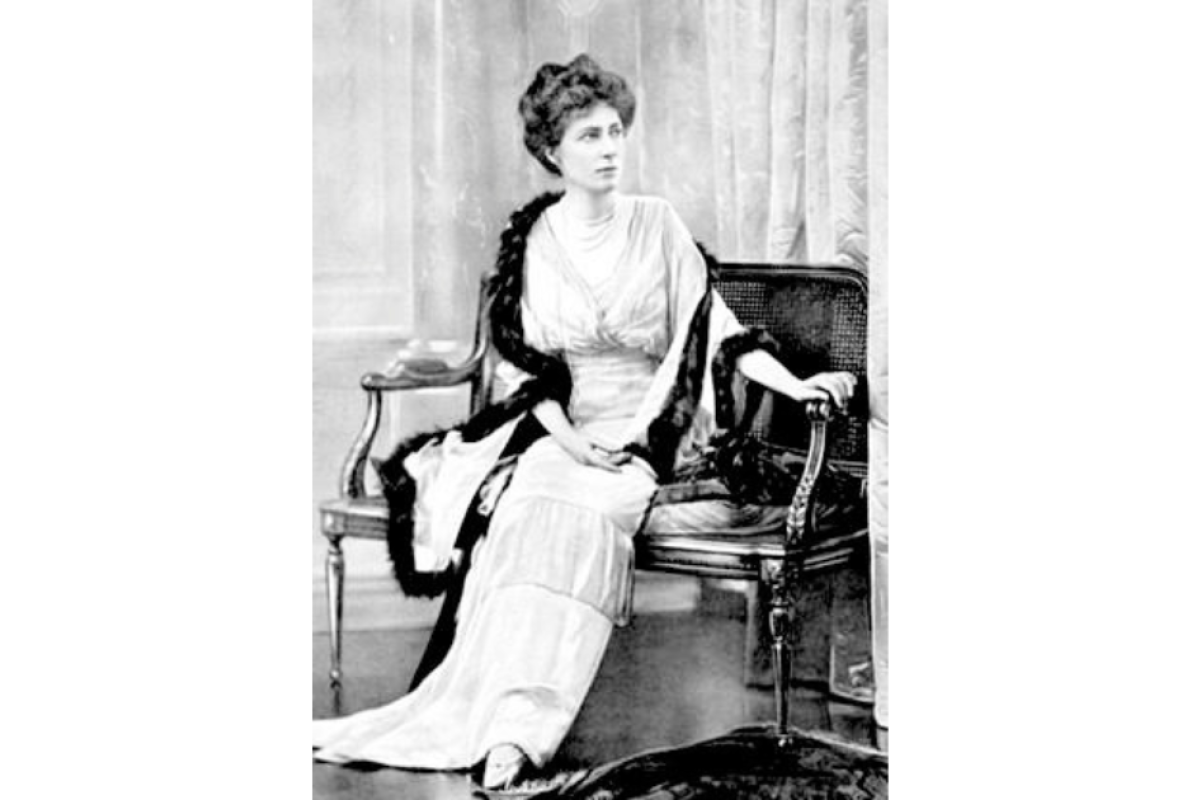General News
23 August, 2024
Red Cross: Lady Helen Munro Ferguson
Lady Helen Munro Ferguson was founder and first president of this Australian branch.

The Australian Red Cross Society was formed, as a branch of the British Red Cross on August 13, 1914, nine days after the declaration of war on Germany by Great Britain.
Lady Helen Munro Ferguson was founder and first president of this Australian branch.
She was the wife of Sir Ronald Munro Ferguson, governor-general of Australia from 1914-1920, and during World War 1 took over the ballroom of Melbourne’s government house for Society work.
In 1914 the Australian Red Cross immediately formed divisions in each of the six states.
The presidents of these divisions were wives of state governors, who traversed the country and launched appeals through local organisations and the press, with the divisions soon having a vast number of rural and metropolitan branches.
The vast majority of membership comprised of women, who also featured prominently in its leadership.
Although the organisation was involved in a range of activities, including the establishment of agencies overseas dedicated to supplying families in Australia with information about wounded and missing soldiers, it is probably best known for its success in mobilising volunteers to create the much appreciated and eagerly anticipated ‘comfort’ parcels that were sent to servicemen overseas.
From the date of its inception until the armistice, the Australian Red Cross Service dispatched 395,695 food parcels and 36,339 clothing parcels.
Thousands of women contributed their time and money to make this possible.
In 1918 Lady Helen Munro Ferguson was appointed Dame Grand Cross of the Order of the British Empire for her work during World War 1. Following the end of term for her husband as governor-general, on October 6, 1920, the Munro Fergusons returned to Scotland.
Of special note to Gilgandra and its 1915 Coo-ee Marchers is the fact that, deputising for her husband, the governor general of Australia, Lady Helen Munro Ferguson, was ‘The Girl Who Met the Coo-ees’ at the corner of City Road and Broadway to welcome them on the their arrival into the city of Sydney following their long march from Gilgandra.
Lady Helen Munro Ferguson said their march would live in the history of Australia, and would add an impetus to recruiting.
She wished the men every success both in camp and at the war, and when they returned successfully – as she had no doubt they would – they could be assured that they would be heartily welcomed.


